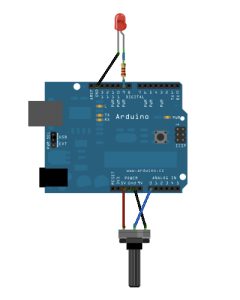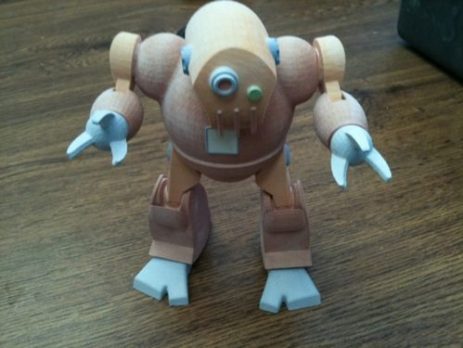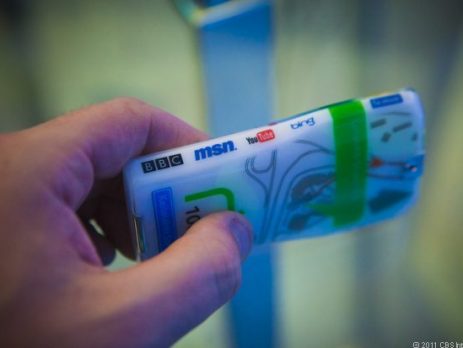Pulse Width Modulation : PWM using Arduino
PWM using Arduino Pulse Width Modulation or PWM is a method of Digital to Analog Conversion. It helps in delivering analog average voltage using digital pulses of variable pulse width. By controlling the on time and off time, we can generate an analog average voltage using the digital pulses. PWM has a wide range of application. It is used in DC motor speed control, Brightness control of LED lamps etc. Here in this simple experiment to understand the PWM working in ARDUINO, we...





